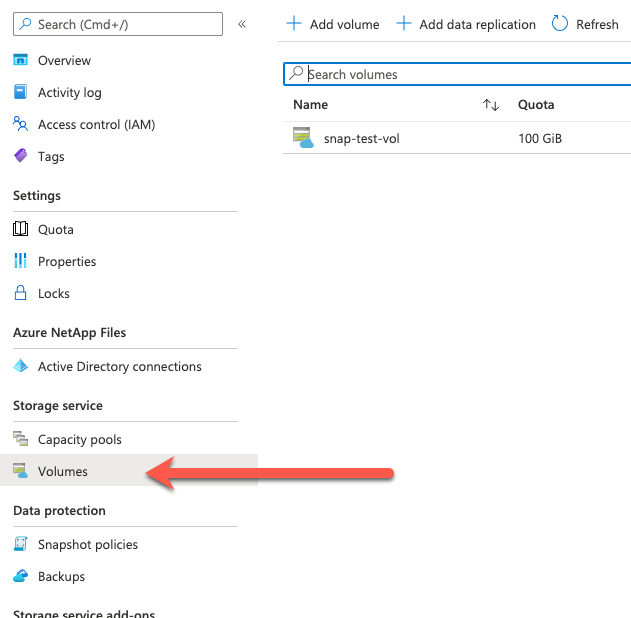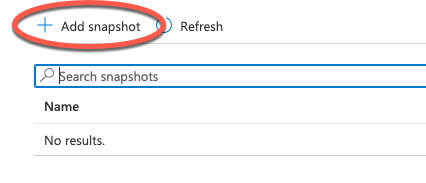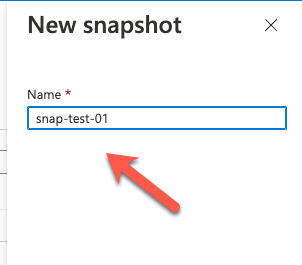On-Demand Snapshots in ANF
In this post we are going to talk about on-demand snapshots in Azure NetApp Files. I’ll assume that you’ve already created your Azure NetApp Files (ANF) Capacity Pools and Volumes and mounted them on your hosts. If not, you might want to have a read of this post Building Enterprise Grade Files Shares in Azure and this post Mounting your Azure NetApp Files Volumes.
ANF Snapshots
Snapshots in Azure NetApp Files are point-in-time copies of the volume. They work great as online copies that can be used to revert a volume, restore a file or create a new volume from each snapshot. The underlying technology of ANF means that the snapshots are lightweight and use pointers to the blocks of data on the disk. This makes ANF snapshots extremely efficient and they can be captured almost immediately.
You can create on-demand snapshots in Azure NetApp Files (ANF). You can also use snapshot policies, these polices allow you to configure schedules to automate the creation of snapshots. Snapshots can also be used to restore to a brand new volumes, revert an existing volume or restore an individual file.
Creating a snapshot on-demand
- In order to create a snapshot, browse to the ANF blade in the Azure portal and select the Volume you want to Snapshot.

2. Select the Volume that you wish to Snapshot
3. Within the volume, under Settings, click Snapshots

4. Click Add snapshot

5. Give the Snapshot a Name and click Create.

6. Thats it, you have just created an on-demand snapshot in Azure NetApp Files.

Summary
This weeks post was only a short one to highlight Snapshotting in ANF. I hope that it also helps to enforce once again how simple the Azure NetApp Files service to consume. The snapshot features makes it extremely easy to capture point-in-time copies of a volume which can be used to revert a volume in case of disaster or ransomeware attacks. This feature makes it extremely easy to respond to business needs but still maintains its simplicity. The ANF service is constantly being updated and improved by Microsoft, to see whats new with ANF check the link here. If you would like to learn more about Azure NetApp Files, check out the Microsoft docs pages here.
